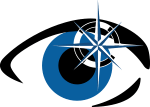 Although the most important factors in the success of laser vision correction are the skill and experience of the surgeon, the right technology can enhance the patient experience and optimize the outcomes. Northern Ophthalmic Associates believes in investing in key pieces of technology to make treatment faster, safer and more precise.
Although the most important factors in the success of laser vision correction are the skill and experience of the surgeon, the right technology can enhance the patient experience and optimize the outcomes. Northern Ophthalmic Associates believes in investing in key pieces of technology to make treatment faster, safer and more precise.
IntraLase All-Laser LASIK (Blade-Free LASIK)
Dr. Pyfer was the first surgeon to perform IntraLase, known as all-laser or blade-free LASIK, at Wills Eye Hospital in Bucks County. In blade-free LASIK, two types of lasers are used to perform treatment. This is more accurate and less risky than traditional LASIK. It eliminates the risk of human error and allows the surgeon more options to customize treatment.
All-laser LASIK uses laser energy from a femtosecond laser rather than a handheld blade to create the corneal flap. Tiny pulses of laser light pass through the cornea and form a layer of tiny bubbles beneath the surface of the eye; this step takes approximately 10 to 20 seconds. Then, an excimer laser is used to reshape the underlying corneal tissue to fix the refractive error. After the necessary modifications have been made, the flap is restored to its original position where it seals itself.
CustomVue Wavefront-Guided LASIK
Wavefront or Custom LASIK is considered more precise and personalized than conventional LASIK, which is based off of eyeglass prescription and misses some of the unique characteristics of each eye.
Wavefront technology enables us to customize LASIK treatment to the specific refractive errors of the individual patient, delivering the best possible results. CustomVue wavefront technology is used to evaluate the eye’s unique characteristics and create a unique map of the eye that is as personal as a fingerprint. This map includes every imperfection, including any higher-order aberrations that can reduce visual clarity. The information is then transposed to the laser that performs the corrective treatment; thanks to this process, the laser is able to correct virtually all of the aberrations present.
VISX STAR S4 Excimer Laser
An excimer laser removes microscopic amounts of corneal tissue to improve its curvature; this allows light rays entering the eye to focus properly on the retina. The laser flattens the cornea to correct nearsightedness, steepens the cornea to correct farsightedness and enhances the symmetry of the cornea to correct astigmatism.
 Our LASIK surgeon adjusts the settings of the excimer laser according to the specific refractive error; he also programs the laser with the specific wavefront measurements of the eye for more precise treatment.
Our LASIK surgeon adjusts the settings of the excimer laser according to the specific refractive error; he also programs the laser with the specific wavefront measurements of the eye for more precise treatment.
One of the excimer lasers that we use is the VISX STAR S4, which is a high performing laser with special features like iris registration, spot scanning, 3D eye tracking and large ablation zones.
WaveLight Allegretto Wave Eye-Q Laser
Another excimer laser that we like and use is the WaveLight Allegretto Wave Eye-Q. This laser has its own unique set of features for safe, customized treatment. The Eye-Q laser is designed for wavefront-optimized treatment, which considers the unique curvature of the cornea to preserve its natural aspheric shape. This reduces the risk of spherical aberrations that lead to halos around lights and poor night vision.
WaveLight EX500 Excimer Laser
The WaveLight EX500 excimer laser is the newer and faster successor to the Eye-Q laser, also manufactured by Alcon. Not only is the laser quicker, but its performance is more accurate and consistent. The EX500 is indicated for the broadest range of treatment needs, including high levels of nearsightedness, farsightedness and astigmatism. It is a good option for patients that were previously told they didn’t qualify for conventional LASIK.
Learn More about LASIK Technology
If you would like more information about our state-of-the-art LASIK technology, or you would like to schedule a LASIK consultation, please call or email us today.
LASIK Testimonials
 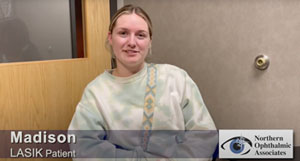 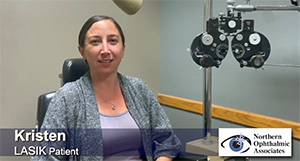 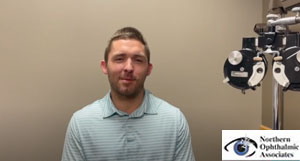 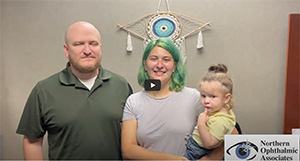  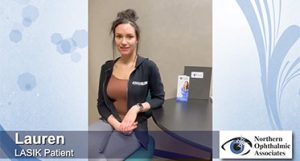 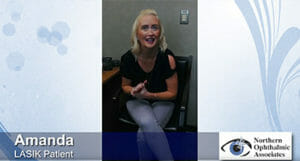 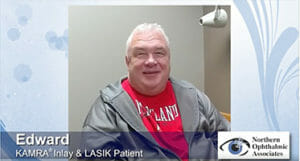 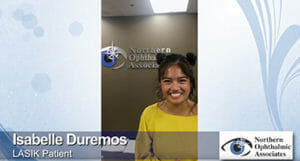 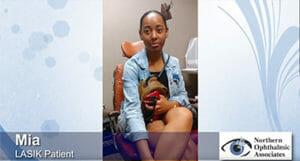 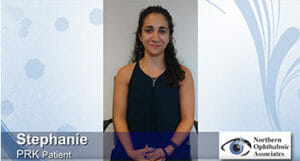  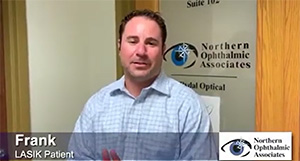    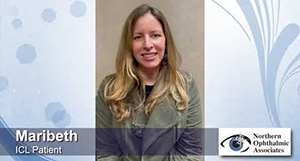 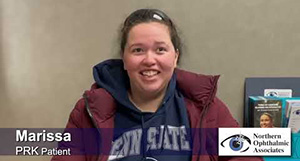 |
